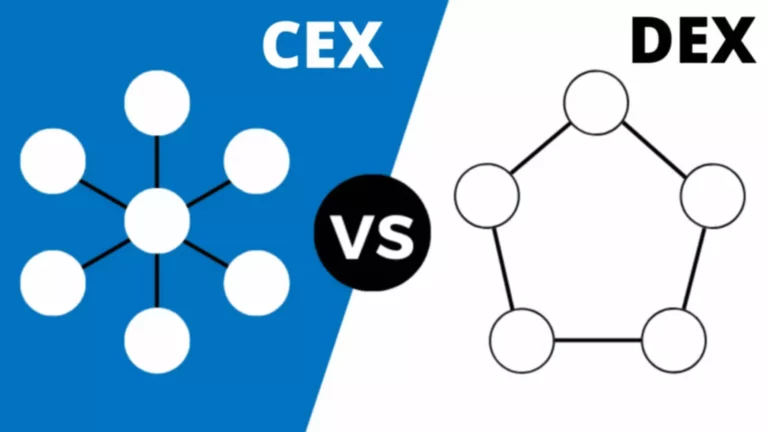Some businesses are even using the tool to conduct competitive benchmarking to analyze their competitors. BI tools can analyze from the enormous volumes of data any discrepancies, inefficiencies, errors, etc. It helps expand profit margins, and the sales teams get better insights for future sales and analyze where to spend the budgets in the future. It helps you track quarterly and annual budgets, identify potential issues before they occur and boost organizational health and financial stability.

Most companies have data stored in different places, but they aren�t able to keep track of this information or unify these different data sources. BI tools can deliver fast and accurate information to decision makers using a variety of data sources without assistance from an IT department to run complex reports. These data sources could be from marketing or sales analytics, operations performance, from a customer relationship management software system (e.g. Salesforce), or supply chain data. Typically, BI software can pool all of these sources together to provide historical, current, and predictive views to help with business planning. Business intelligence is continually evolving to keep pace with business needs and technology, so each year, we identify current trends to keep users up-to-date on innovations. Realize that artificial intelligence and machine learning will continue to grow, and businesses can integrate the insights from AI into a broader BI strategy.
BI is used to answer how a business performed in the past and why those outcomes came about. One of the top benefits of BI tools is their ability to enhance strategic decision-making. Through data-driven insights, BI tools enable businesses to make more informed and accurate decisions.
Traditionally, business intelligence emerged in the 1960s as a then-modern way of sharing information in a cross-functional team set up, or across organizations. It comes as no surprise that customer experience is one of the leading factors for companies to compete. No matter which era of customers we talk about- the radio, computer, cell phone, or the ones belonging to the digital era, they form the core of how businesses operate. Typically, data science professionals will interpret the results of business data analytics before BI makes the language less technical.
Generative AI Applications in HR and People Insights
And our Salesforce integration enables you to enrich your CRM with social data from Sprout. This empowers Salesforce users to deliver exceptional customer experiences that drive revenue, grow and retain a loyal customer base, and strengthen https://www.xcritical.in/ brand equity. And Sprout Social uncovers business insights through the power of social data, social listening and dozens of integrations. The business intelligence tools you choose will depend on your company and needs.
This helps managers monitor and acknowledge when customer support executives need more help or attention. Often some rivalry or tribalism within teams is observed, worsening the situation. With BI tools� easy information sharing feature, you get to break silos and get more team members to collaborate. At this point, the role of a BI consultant is to provide such information in the form of visually interactive graphics, so the Sales team can analyze and rethink their strategies.
Sprout Social helps you understand and reach your audience, engage your community and measure performance with the only all-in-one social media management platform built for connection. Sprout Social can highlight business trends and opportunities with ease. Features such as social listening and sentiment analysis highlight how well your company engages customers and which interactions are resulting in revenue. Below is our list of 15 top business intelligence tools to wrangle your company data and translate it into action. Use employee and workplace culture surveys to collect employee opinions on the current state of the business.
Why Business Intelligence is Crucial
Gathering competitive intelligence is critical to getting an accurate view of your brand health�and what you need to change.

Modern BI solutions prioritize flexible self-service analysis, governed data on trusted platforms, empowered business users, and speed to insight. SplashBI helps organizations make business decisions by giving instant access to data from diverse systems in the form of reports, visualizations, & trends. SplashBI offers insightful pre-built content, powerful ad-hoc reporting for immediate ROI.
How to create a business intelligence strategy
Data from sales, finance, or operations are used to create easily accessible reports, have great visualizations with the help of charts, graphs, tables, etc. Almost every other company these days requires business intelligence tools to stay Business Intelligence Tools for Brokers in the competition. Companies of all sizes and stages need BI tools to make smarter and informed business decisions, manage, and analyze business data. BI tools help in visualizing the reports generated and maximize revenue outcomes.

This gives you the full picture of your performance, how that performance positions you in your industry and what goals you must set and aim for to grow. If your company doesn�t have a business intelligence strategy and the tools to power it, you�re already falling behind. Data integration is a feature that involves the merging of data from disparate sources into a single, cohesive dataset. This process ensures the analysis is comprehensive and accounts for all relevant data points, regardless of their origin. Effective data integration is key to providing a unified view of business information, which is essential for accurate analysis and decision-making.
A company with a working BI strategy will have data that is accurate, complete, and organized. Business intelligence can be used to show historic patterns to help stakeholders gauge the health of their organization, alerting them to problems as well as potential improvements. While some definitions of BI and BA make distinctions between them based on analysis methods or strategies, the differences in domain between past and present vs. future are fairly standard. This separation between business intelligence and business analytics can help narrow down what kinds of functionality you want a BI tool to have, and what can be left out. The term �business analytics� (BA) is a term related to business intelligence, with plenty of confusion over where they overlap. A common distinction between business intelligence and business analytics comes from the type of data analysis being performed.
Become a small business member and save!
These types of software, which can be both open source or proprietary, are used to retrieve data with defined terms and then organize and report it. The use of querying software refines the data that is reported so it does not include unnecessary or irrelevant information. It also allows businesses to combine certain data, manipulate it, or locate requested data. Reporting software works to display collected data in the form of graphs, charts, or spreadsheets so businesses can review and assess progress and performance.
- Education on proper tool use is necessary to ensure that users are drawing accurate insights from the data.
- Predictive analytics via advanced AI and machine learning is ideal for large companies looking to project revenue and dig into margins.
- That said, data silos are an unfortunate phenomenon that many companies deal with.
- The current digital age has transformed the way that things work across the board.
One of the main functions of business intelligence software is data analytics and the type of analysis a company needs depends on their goals. Before you purchase a BI tool, make sure that its capabilities actually act as solutions for the organization�s questions before finalizing a commitment. Use the list of business intelligence features above to understand the priorities that you need in your BI strategy. Each BI tool provides tradeoffs between its features, so determine which features are most important for your business and select the tool that aligns best with your needs. Each BI application has its own learning curve that can take some time to overcome.
With effective business intelligence strategies and practices, businesses can gauge their customers by analyzing their buying patterns and creating robust customer profiles and personas. One example where organizations leverage the power of BI to understand customers is customer segmentation. Most companies take customer feedback in real time to retain existing customers and approach new ones. Today, more organizations are moving to a modern business intelligence model, characterized by a self-service approach to data. Self-service business intelligence (SSBI) is characterized by IT managing the data (security, accuracy, and access), allowing users to interact with their data directly. This means that IT can govern data access while empowering more people to visually explore their data and share their insights.
That is why understanding what drives revenue for your business is important, and BI helps you achieve that without much hassle. For the firms or industries which have trouble understanding the way BI works, business intelligence consultants come to the rescue. Sharing data analysis with those concerned so they can draw conclusions and decide.